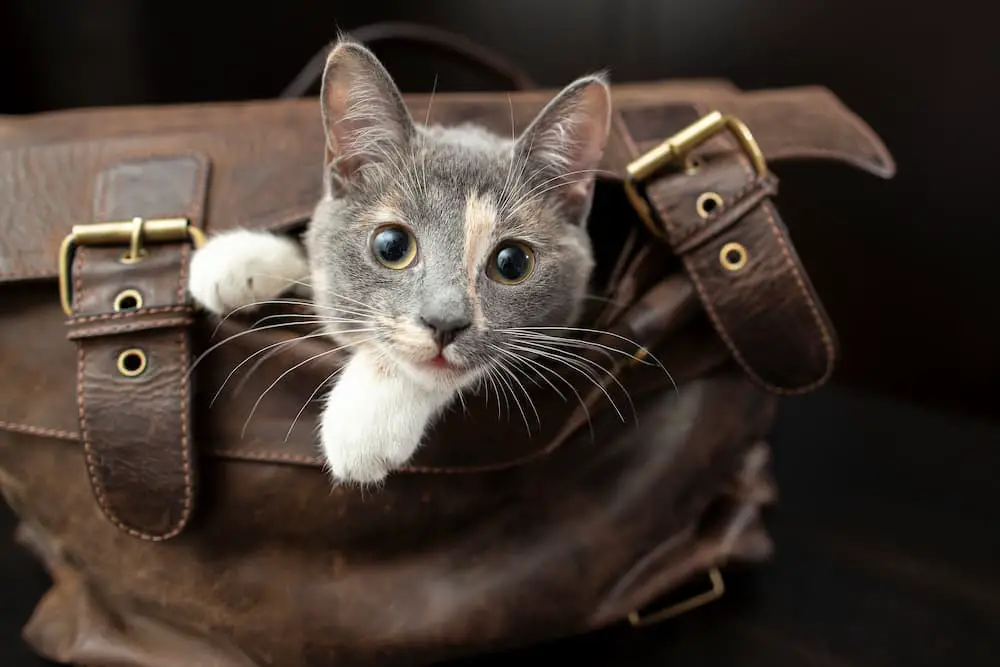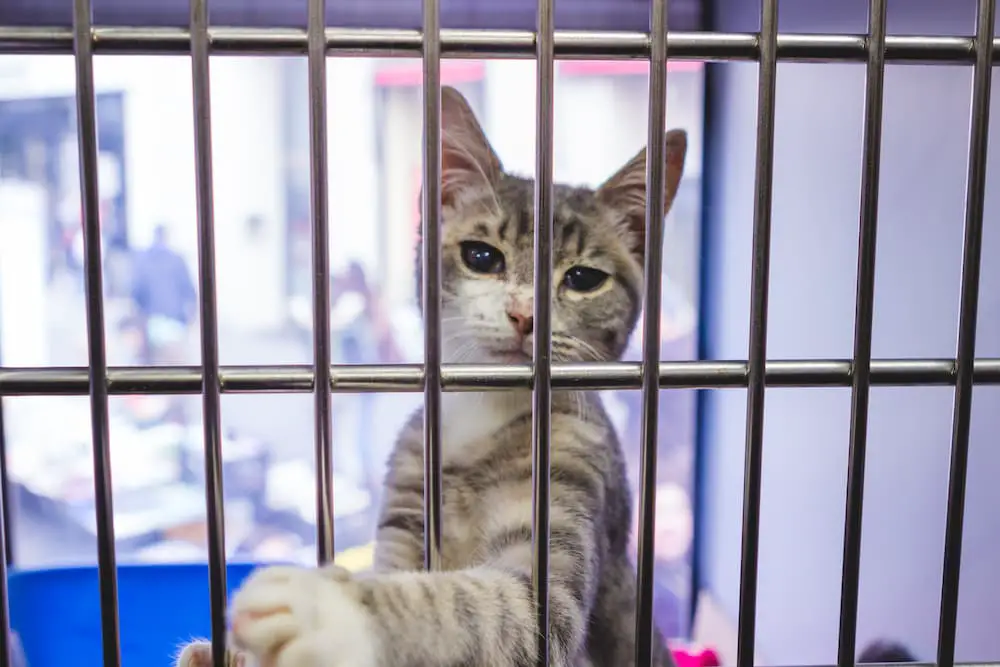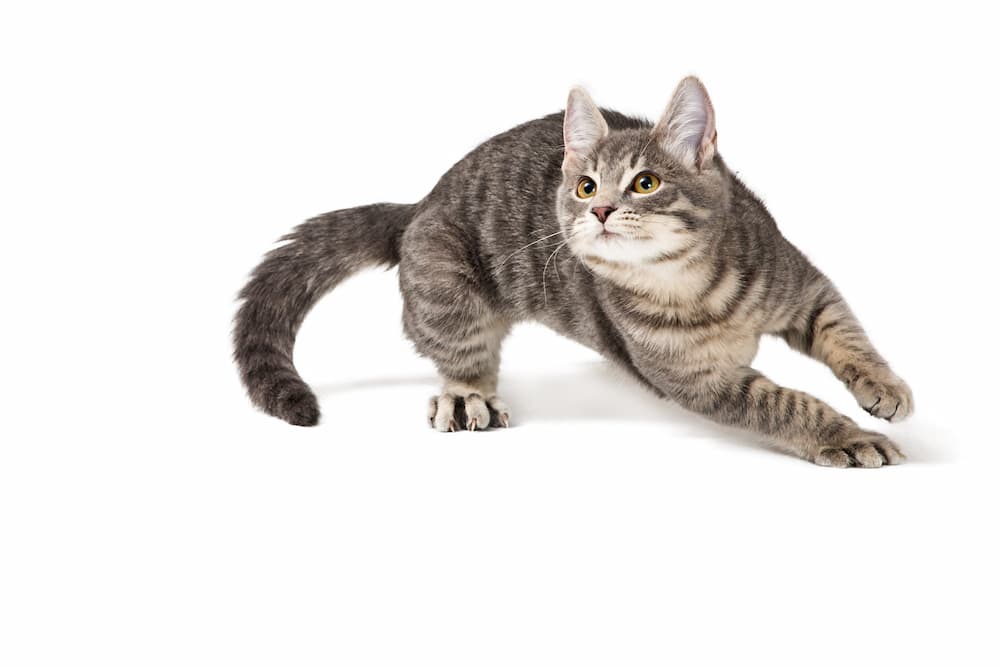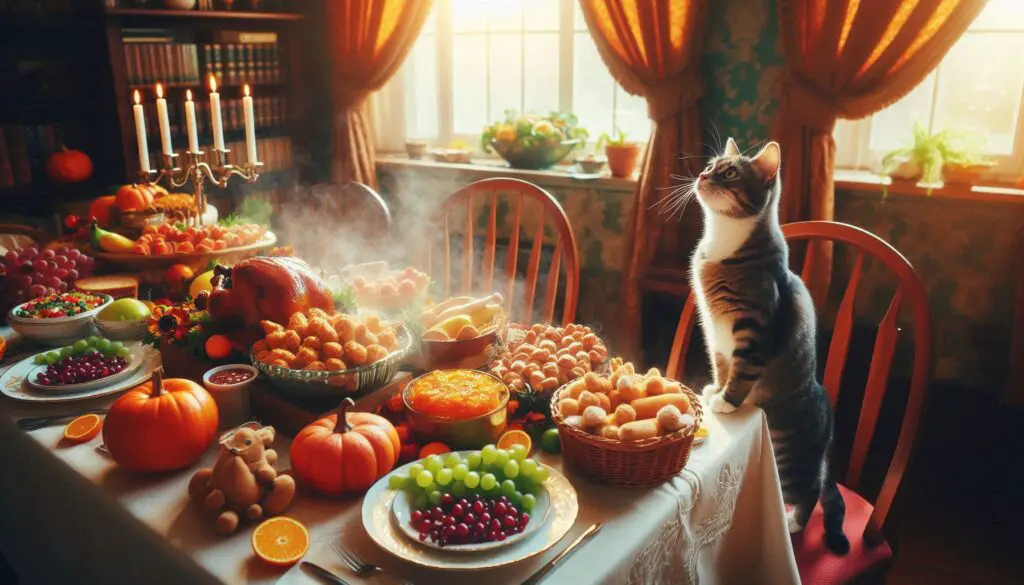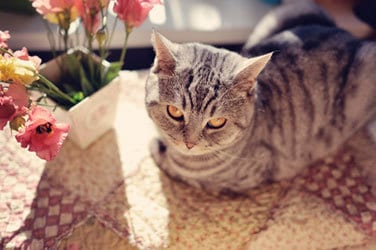
Many of us like to decorate our homes with live plants. However, did you know there is an extensive list of plants that are toxic to your cat? Since cats are notorious for munching on plants, we’ve compiled a list of some of the common household plants that should be permanently banned from your home. Many of the hazardous plants and flowers (like lilies!) are common in bouquets, so take care when displaying a flower bouquet in your home if your cat has access to it.
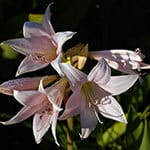
Amaryllis:
The leaves, stems and bulbs contain phenanthridine alkaloids which can cause stomach upset, drop in blood pressure, vomiting or diarrhea.

Azalea & Rhododendrons:
These plants contain grayanotoxins which disrupt sodium channels affecting the skeletal and cardiac muscle. All parts of the plant are considered poisonous, even in very small amounts. Symptoms of ingestion include drooling, vomiting & diarrhea, lost desire to eat, drop in blood pressure, abnormal heart rate, and in severe cases, seizures, blindness and coma.

Daffodil:
The entire plant is considered toxic, but the bulb has the most lycorine, an alkaloid that triggers severe vomiting, diarrhea, abdominal paid and labored or abnormal breathing.
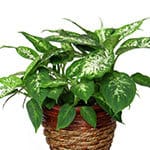
Dieffenbachia (also known as Dumbcane):
This very common houseplant contain crystals of calcium oxalate called raphites. Chewing the plant releases the crystals, which may cause your cat to paw at her face, drool or foam at the mouth, and vomit. It may also cause severe burning and swelling in her lips and mouth.

Lilies:
Some lilies are safe and some are potentially fatal to your cat. It’s important to know the difference or keep all lilies out of your home. Some of the more dangerous lilies include tiger lily, day lily, lily of the valley, and Easter lilies. Ingested in tiny amounts – or even drinking the water from the vase – can result in kidney failure and death. If you see your cat consuming any part of a lily, rush her (and the plant) to the veterinarian immediately.

Tulips & Hyacinths:
Although the entire plant is poisonous, the bulbs contain allergenic lactones that, when ingested, will cause irritation to the mouth and throat, drooling, vomiting & diarrhea.
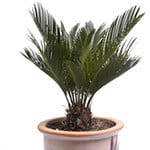
Sago Palm:
All parts of sago palm are considered severely poisonous, with the seeds being the most toxic part of the plant. Sago palm contains cycasin, and within 15 minutes to several hours after ingestion, may cause bloody vomiting and diarrhea, bleeding problems, liver failure and death. The survival rate after ingestion of sago palm, even with aggressive treatment, is only 50%.

Poinsettia:
Probably the most widely known toxic plant for cats, the poinsettia is actually much less dangerous than most plants on our list. The milky white sap in the plants contains a mild toxin that may cause vomiting and drooling.
For information on all plants that are poisonous to your cat and recommendations for treatment, visit Pet Poison Helpline. Our list above is only a small portion of cat-toxic plants and flowers. Whenever you bring a new plant or flower bouquet into your home, be sure it is safe for your kitty!
If you think your cat has ingested a toxic plant, contact your veterinarian or the Pet Poison Helpline’s 24/7 Animal Poison Control Center at 800-213-6680.


